Trade name of the drug: Aletorin.
Active ingredient (INN): Cetirizini hydrochloridum.
Dosage forms: Coated tablets of 5 mg and 10 mg in blisters.
Pharmacotherapeutic group: Anti-allergic agents.
Pharmacological properties: Selective antagonist of histamine H1-receptors. Acts on the “early” stage of an allergic reaction and reduces the migration of eosinophils, and also limits the release of mediators of “late” stages of allergic reactions. Cetirizine significantly reduces the bronchoconstriction induced by histamine in asthmatics. Furthermore, it eliminates allergic reactions caused by allergens specific action. These effects were accompanied by sedation. Practically does not render anticholinergic and antiserotonin effects.
Pharmacokinetics: After oral administration the drug is well absorbed from the gastrointestinal tract, regardless of the meal. The maximum concentration (Cmax) in plasma is reached within 1 hour. 93% of the drug binds strongly with plasma proteins. Well distributed throughout the tissues of the body, it passes into breast milk, but it does not penetrate the blood-brain barrier. A small amount of the drug is metabolized in the liver, the main part is excreted in the urine in unchanged form. The half-life (T?) in adults is of 7-10 hours, in the elderly people is of 12 hours. In patients with impaired renal function T? is extended to 19-21 hours.
Directions for usage: Chronic and seasonal allergic rhinitis, allergic conjunctivitis, dermatitis, accompanied by itching, hives, angioedema angioedema (as a part of the complex therapy).
Dosage and method of administration: Orally, adults and children over 12 years: 10 mg for a single intake after a meal (preferably in the evening, before bedtime). The recommended maximum daily dose for adults is of 20 mg in two intakes (morning and evening). Patients with renal insufficiency should take half the dose. Elderly patients with normal renal function do not require dose adjustment. Do not take the drug longer than 7 days without a doctor’s recommendation.
Side effects: The drug is generally well tolerated. There are: drowsiness, rarely – dry mucous membranes in the mouth, nose, throat, cough, sore throat; dyspepsia: nausea, vomiting, feeling of bloating, constipation or diarrhea; enhanced appetite; fatigue, dizziness, tinnitus, disorientation, double vision, nervousness, headache, sweating, urinary retention. Very rarely – hypersensitivity reactions: skin rash, angioedema angioedema.
Contraindications: Children under 6 years of age, severe nephropathy, pregnancy, lactation, hypersensitivity to the drug.
Drug interactions: Simultaneous consumption of alcohol and other depressants of the central nervous system intensifies the depressive effect of the drug.
Special instructions: During treatment it is not recommended to perform tasks requiring increased attention and rapid reaction (including driving vehicles), take alcohol and sedative (calming) funds.
Keep out of the reach of children and do not use after the expiry date.
Overdose: Symptoms: dry mouth, drowsiness, lethargy, weakness, headache, tachycardia, difficulty urinating, constipation, anxiety, irritability.
Treatment: symptomatic. No specific antidote. Gastric lavage. Hemodialysis is ineffective.
Storage conditions: Dry, dark place at a temperature no higher than 25 ° C.
Shelf life: 2 years.
Dispensing requirements: Without prescription
Manufacturer: Codepharm LLC (IE), 30-Gulistan Str, 4th quarter, Gulistan, Sirdaryo Region, The Republic of Uzbekistan.


